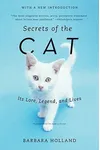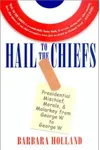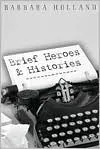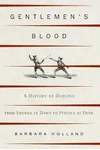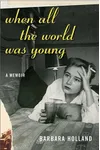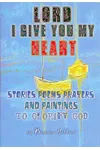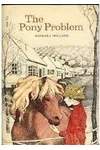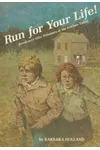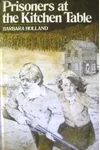Picture a witty American writer who championed martinis, naps, and a good curse word—meet Barbara Holland! Born in 1933, Holland was a literary rebel who used her sharp humor to defend life’s simple pleasures against the rise of modern puritanism. From her bestselling Endangered Pleasures to her nostalgic memoir When All the World Was Young, she captured the quirks of mid-20th century America with a sly grin.
With a career spanning children’s books, essays, and cultural commentary, Holland’s work was as diverse as her passions. Her light, conversational style made readers feel like they were chatting with a clever friend. Let’s dive into the life and legacy of this national treasure, as the Philadelphia Inquirer once called her.
The Making of Barbara Holland
Barbara Murray Holland was born on April 5, 1933, in Washington, D.C., and grew up in Chevy Chase, Maryland. Her childhood wasn’t all sunshine—her parents divorced early, and her stepfather, Thomas Holland, was a stern figure she later described as embodying the era’s patriarchal grit. Her mother, Marion Holland, a children’s book author, sparked Barbara’s love for words. A shy, bookish girl, Holland found her voice early, winning the National Scholastic poetry competition twice in high school, a rare feat for a junior.
After a stint at Hecht’s department store and an illegal abortion she later detailed unflinchingly, Holland moved to Philadelphia. There, she cut her teeth as an advertising copywriter in the 1950s and 60s, a Mad Men-esque world that shaped her sharp, pithy style. She began publishing short stories and articles in magazines like Seventeen and Redbook, setting the stage for her eclectic literary career.
Barbara Holland’s Unforgettable Stories
Holland’s bibliography is a delightful mixed bag, reflecting her curiosity and wit. Her 1995 essay collection, Endangered Pleasures: In Defense of Naps, Bacon, Martinis, Profanity, and Other Indulgences, became her signature work. With charm and defiance, she argued that small vices like smoking or swearing were harmless joys under attack by a joyless society. Readers loved her hedonist’s manifesto, which landed on the Washington Post bestseller list.
Her memoir, When All the World Was Young (2005), offered a nostalgic yet unsentimental look at her 1940s and 50s childhood in Washington, D.C. Blending jump-rope rhymes with reflections on war and family dysfunction, it showcased her knack for weaving personal and historical threads. Secrets of the Cat: Its Lore, Legend, and Lives (originally The Name of the Cat, updated through 2010) charmed cat lovers with its witty exploration of feline mystique. Meanwhile, They Went Whistling: Women Wayfarers, Warriors, Runaways, and Renegades (2001) celebrated bold, convention-defying women, from pirates to mountaineers.
Holland’s style was breezy yet incisive, blending humor with cultural critique. Whether defending drinking in The Joy of Drinking or poking fun at presidential antics in Hail to the Chiefs, she wrote with a twinkle in her eye, making complex ideas feel like barstool banter.
Why Barbara Holland Matters
Holland’s work resonated because it pushed back against the growing sanitization of American life. In an era of health fads and political correctness, she reminded readers to savor life’s guilty pleasures without guilt. Her essays gave voice to those who felt stifled by societal shifts, earning her a cult following among readers who appreciated her irreverence.
Though never a darling of academia, Holland’s influence endures in her ability to make the mundane profound. Her books remain a time capsule of mid-20th century values, flavored with a timeless rebellion against conformity. Her move to a Bluemont, Virginia cabin in 1990, where she wrote until her death from lung cancer in 2010, cemented her image as a fiercely independent spirit.
- Born: April 5, 1933, Washington, D.C.
- Died: September 7, 2010, Bluemont, Virginia
- Key Works: Endangered Pleasures, When All the World Was Young, Secrets of the Cat
- Notable: Called a “national treasure” by the Philadelphia Inquirer
Grab Endangered Pleasures and dive into Barbara Holland’s witty world of indulgences—you’ll laugh, nod, and maybe pour a martini in her honor!


